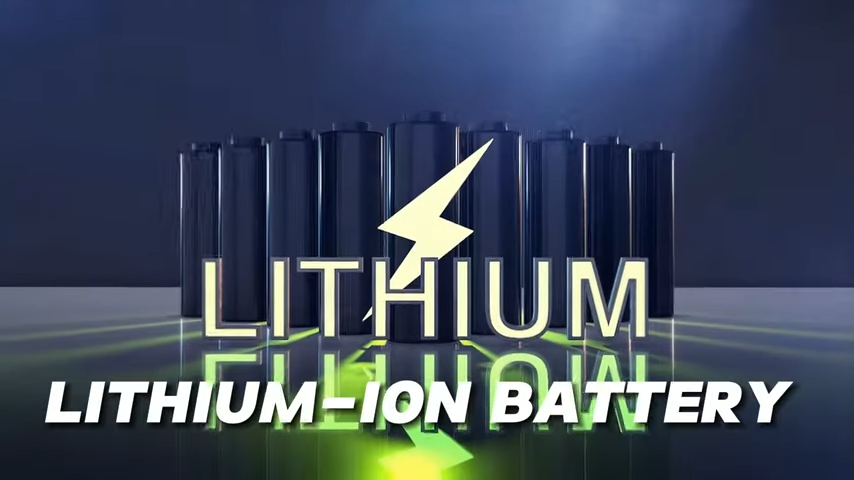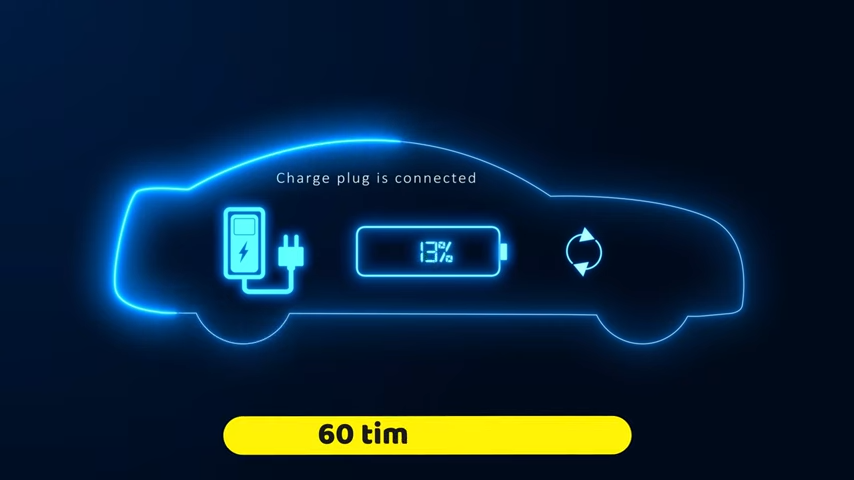Electric vehicles are no longer an unrealizable dream, but rather a current reality, thanks to advances in battery technology. This progress not only affects how we drive but also shapes the future of transportation and environmental sustainability. Let’s look at how new battery technologies are revolutionizing the electric car industry.
The Evolution of Electric Car Batteries
Electric vehicles (EVs) were first invented in the late 1820s and 1830s. Early electric cars used lead-acid batteries, which were heavy, bulky, and had limited range. Practical, Commercially electric vehicles appeared in the 1890s. Auto manufacturers transitioned from lead-acid to lithium-ion batteries in the 2010s.
WHAT DOES A LITHUM-ION BATTERY DO?

- Parts: Lithium-ion batteries have two electrodes anode and a cathode, anode has a partial positive charge, and the cathode has a partial negative charge.
- How It Works: Lithium ions move from cathode to anode when charging. When discharging the lithium ions, they return to the cathode to create energy.
- Power Flow: Electrons pass across a circuit to power the device.
- Reusable: This process is repeated so the battery can be charged and used many times.
Emerging Battery Technologies
The future of electric cars looks very bright with new battery technologies. Solid-state batteries, lithium-sulfur batteries, and graphene-based batteries are being developed to fix the problems of current lithium-ion batteries.
Solid-State Batteries
While other batteries utilize liquid or gel electrolytes like in conventional lithium-ion batteries, solid-state batteries are a more highly developed kind of battery that uses solid electrolytes.
Higher energy density, quicker charging periods, and increased safety because there is less chance of leaks and fires are just a few advantages of this modification. The performance of portable devices and electric cars can be much enhanced by these batteries.
Still, they are in the research phase. Scalability, mass production, and expensive costs must be resolved before it can be extensively used. Working to address these issues, researchers are concentrating on making solid-state batteries a practical choice in the future.
Lithium-Sulfur Batteries
A new kind of battery called lithium-sulfur uses sulfur at the cathode point and lithium at the anode point.
Due to the high sulfur content, they have many benefits over regular lithium-ion batteries, such as a higher energy density and lower cost. These batteries might also be better for the earth.
But they have problems like a short cycle life and being unstable, which makes them less useful right now. Scientists are working hard to fix these problems by making the battery’s materials and design better. If these problems can be fixed, lithium-sulfur batteries could be a very important way to store energy in electric cars and other places.
Graphene-Based Batteries

Graphene-based batteries are innovative and incorporate graphene, a single layer of carbon atoms arranged in a hexagonal lattice.
These batteries have several advantages fast charging and long lasting. These batteries also can store higher amounts of energy as compared to traditional lithium-ion batteries. Current research is aiming to make these batteries more efficient and durable.
These batteries are still in the experimental stage. Before they can be widely used in consumer devices and electric cars, issues, including high production costs and technical complexity, must be overcome.
Impact on Electric Car Performance
Progress in new battery technologies is expected to improve electric vehicles. With higher energy density, vehicles can cover longer distances in a charge cycle. Improved charging times are now an advantage where the time of the faster charging technology reduces downtime and makes EVs more convenient. The integration of advanced features like Power Steering further enhances the driving experience, making maneuvering easier and more efficient. Another positive move is improved battery safety, which will enhance confidence in the product.
Environmental Benefits
Other areas of progress are in the battery industry, which will have the effect of positive environmental impacts. Improved batteries will lead to greater energy efficiency in vehicles and less carbon produced per mile or kilometer driven. Additionally, addressing issues like a Bad Car Battery can further enhance vehicle performance and reliability. I expect emerging technologies in recycling batteries and battery materials to reduce the environmental footprint of batteries.
Challenges Facing New Battery Technologies
While providing insight into the positive side, certain challenges exist. The challenge with the mass production of these new battery types for use by consumers across the globe is considerable. Further, the price of such advanced batteries should be brought down to enable EVs to appeal to a broad base of customers. Another type of investment, such as improved charging infrastructure, which includes increased fast-charging stations, is critical to expanding the use of next-generation batteries.
The Role of Government and Policy
Policies and subsidies of governments are quite significant in the progress of battery technologies. Efforts to support research and development can be instrumental in bringing about breakthroughs while efforts to increase market uptake of electric vehicles will help to increase the commercial demand. Also, favorable regulations and remuneration for sustainable practices in battery production and recycling are critical.
Market Implications
Electric vehicles are poised for rapid expansion based on advances in battery technology. Improvement of batteries may sound like the most effective way for the consumer’s attraction to the EVs because it may increase their sales and even the level of competition among the manufacturers of EVs and their batteries. This competition has the potential to spawn more innovations and lower costs.
Consumer Adoption
This transformation is human-centered: consumers are at the center of it. This improved confidence in EVs due to the wider use of batteries and better safety for EVs will further enhance adoption rates. The general expansion in the use of EVs will be encouraged through the advocacy of the users as well as the increased awareness that people will have of the need to adapt to sustainability.
Future Prospects
Shortly, the alternative line of battery production will also be developing. Among other emerging technologies in batteries, lithium-air and sodium-ion batteries are promising avenues that could further increase the efficiency and sustainability of batteries. These developments show the promise of limited advances in the capability of EVs.
Conclusion
New battery technologies are not just improving electric cars; they’re revolutionizing the entire automotive industry. With promises of longer ranges, faster charging times, and enhanced safety, these advancements are making electric vehicles more practical and appealing than ever. While there are still hurdles to overcome, the progress we’re seeing today sets the stage for a future where electric cars dominate the roads, offering a cleaner, more efficient, and sustainable mode of transportation. But progress is being made, and it is laying the groundwork for a future that is both green and electrified.
FAQs
Can solid-state batteries solve your energy issues?
Yes, solid-state batteries could solve many energy issues. They offer more power, faster charging, and better safety. However, they are still in development and not yet widely available or affordable.
When do we expect these batteries to be in electric cars?
We expect solid-state batteries to be in electric cars within 5 to 10 years as researchers work to overcome current challenges and improve production.
How does progress in battery technology impact the average cost of EVCs?
Progress in battery technology can lower the average cost of electric vehicles by making batteries cheaper, more efficient, and longer-lasting. This reduces the overall production costs and can lead to more affordable prices for consumers.
How do markets contribute to the adoption of new battery technology?
Markets contribute to the adoption of new battery technology by driving demand, encouraging investment, and fostering competition. This helps to lower costs, improve performance, and speed up development and availability.

